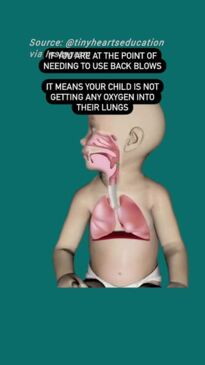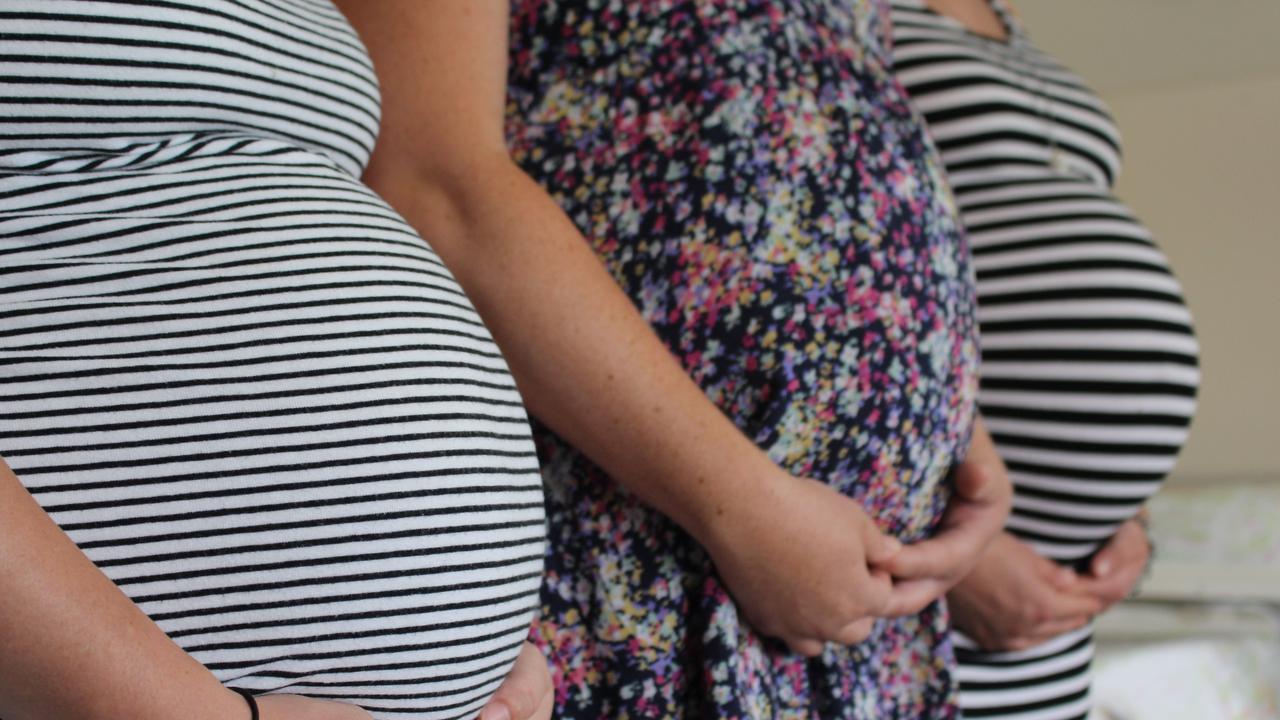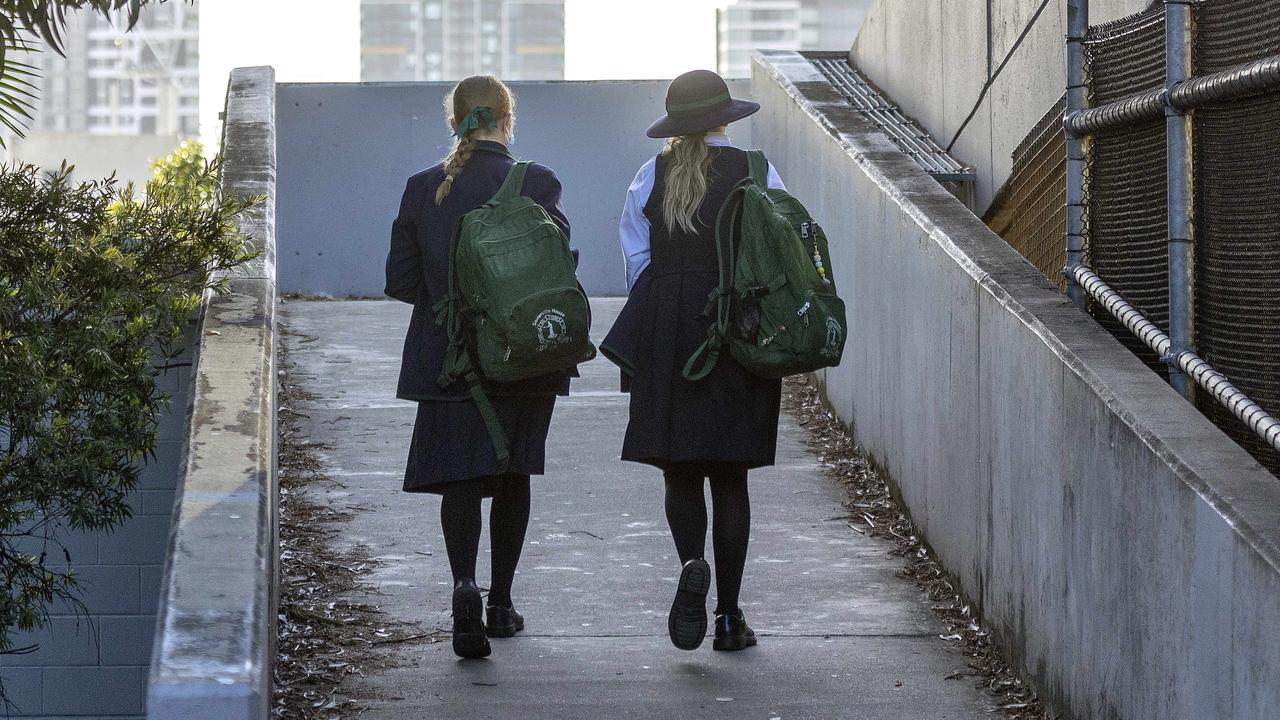Warning for parents worried about hurting their choking child
A former paramedic turned first-aid campaigner has issued a warning for parents concerned about hurting their choking child.

A former paramedic is reminding parents of the dangers of not acting to your full capability when your child chokes.
Nikki Jurcutz, a former paramedic, and her sister Rach Waia, started first-aid awareness company Tiny Hearts Education following a routine debrief after Nikki’s shift.
On the first-aid group’s Instagram page, Nikki said whenever the organisation posts a CPR awareness video they often get comments about the blows to the back looking “too hard”.
“I wanted to remind you if you are at the point of using backs blows, it means your child is not getting any oxygen into their lungs,” the video said.
“Every second an object is left inside is another second without oxygen your child is.”

She explained that the principle of “life over limb” comes in.
“Saving your child’s life is a priority over a bruised back,” Nikki explained.
“Bruises can heal, a child without oxygen for four minutes can’t.”

It comes after the organisation took to its Instagram page to share a scan of a child’s lung with a peanut stuck in the little kid’s trachea.
“This is not an easy image to look at, I know. But it is an important reminder about the reality of choking in little ones,” the post read.
â “It shows a peanut lodged in an child’s trachea, which heartbreakingly resulted in their death.”

Nikki said that little ones don’t have their full set of teeth and a mature chew yet, and so she’s made a rule for her own family to not have whole nuts for kids under five.
She added that there were other causes of choking such as raw fruits and vegetables, chunks of meat, small objects such as marbles, hard lollies and popcorn kernels.
Items such as marshmallows, batteries, fruit pips, seeds and coins also made the list of potential choking hazards in children.
“â If your child begins to choke, you have seconds to initiate treatment and get an ambulance on the way just in case it doesn’t work,” she said.
In another social media post by the organisation, it revealed what caregivers should do if they don’t have CPR training.
One method involves holding the child’s neck and jaw, before putting them facing downwards across your lap.
“Using the palm of your hand, deliver sharp blows in between their shoulder blades,” Nikki said. “And then you’re going to check in between each back blow to make sure the airway hasn’t been cleared.” â






